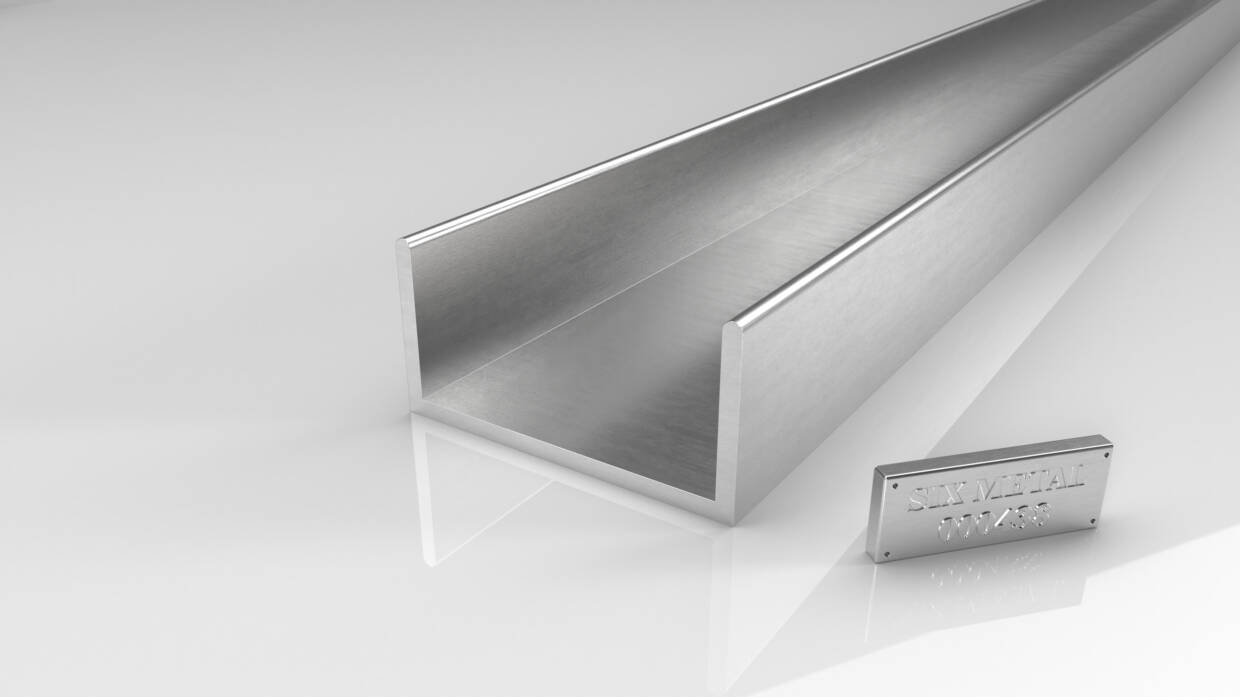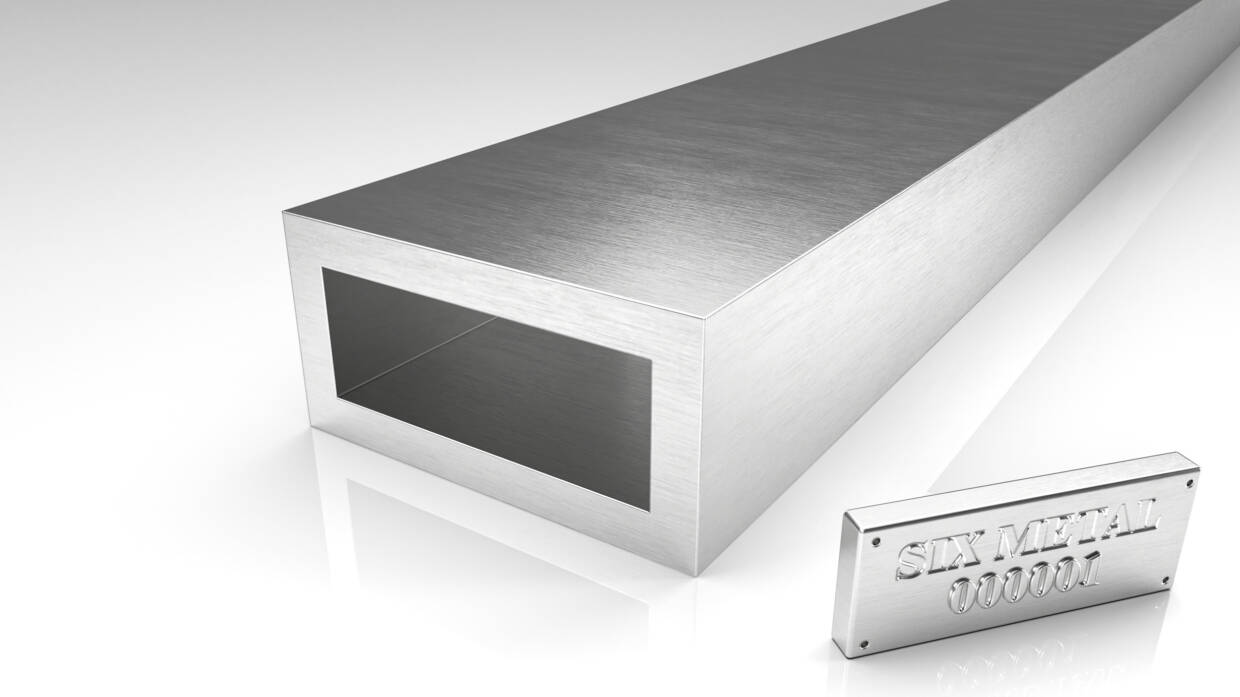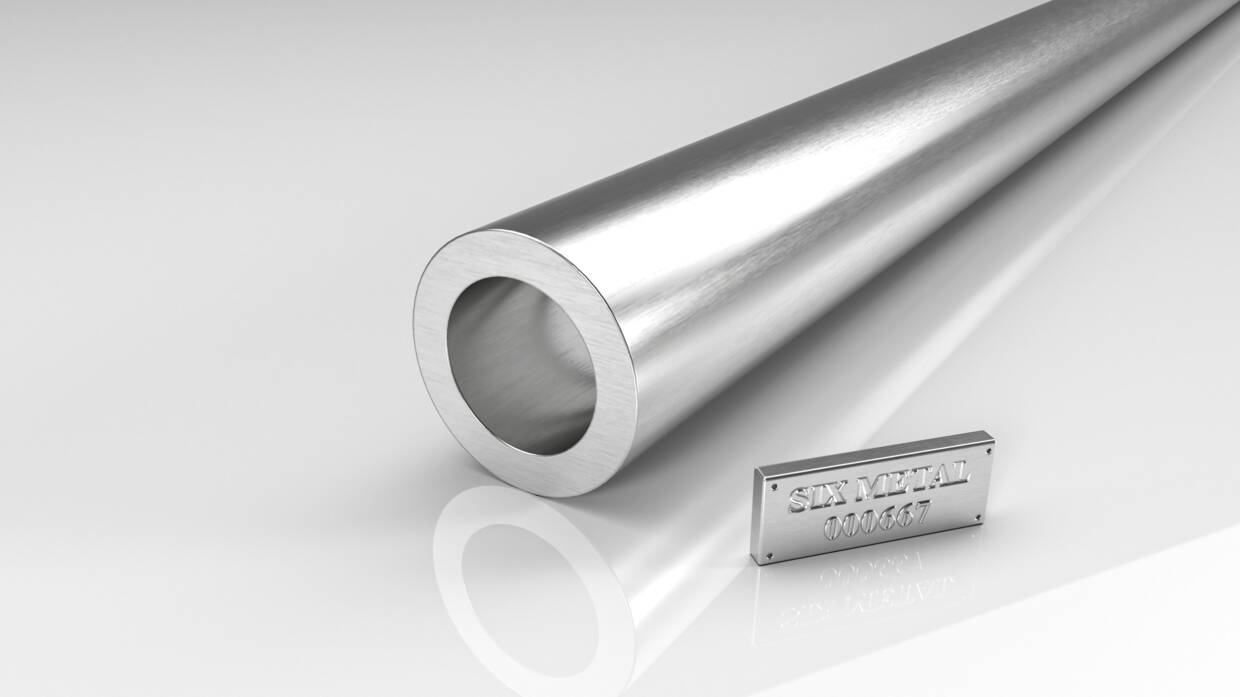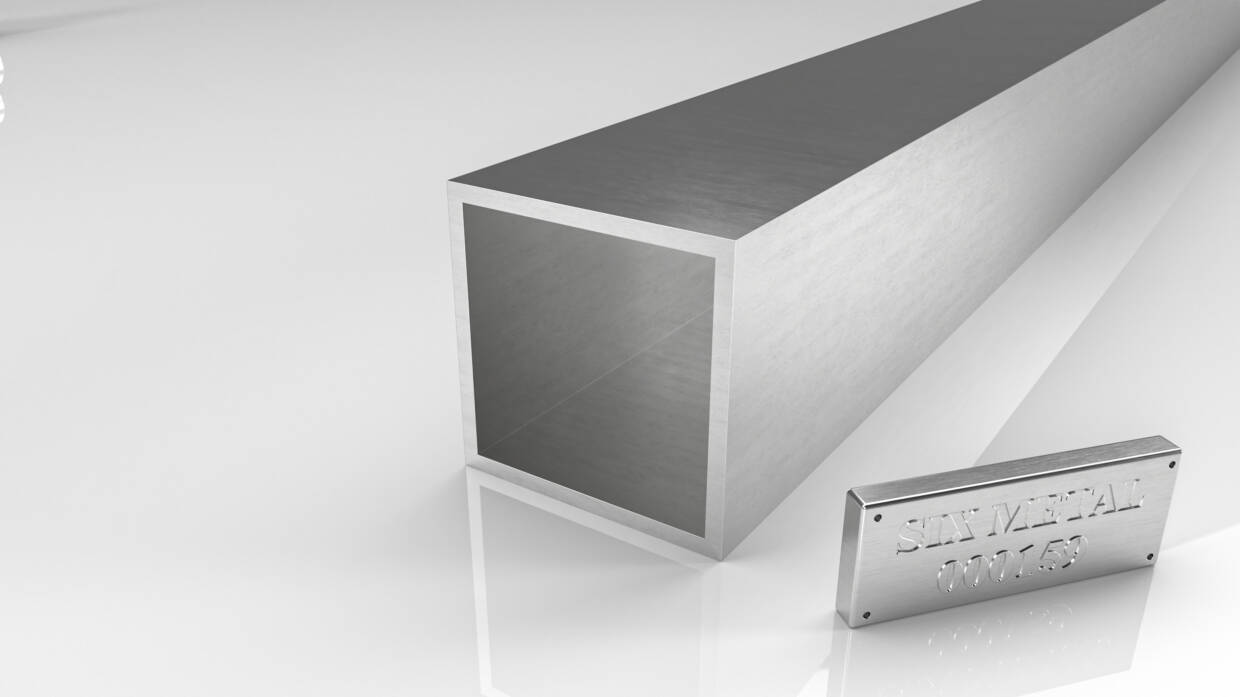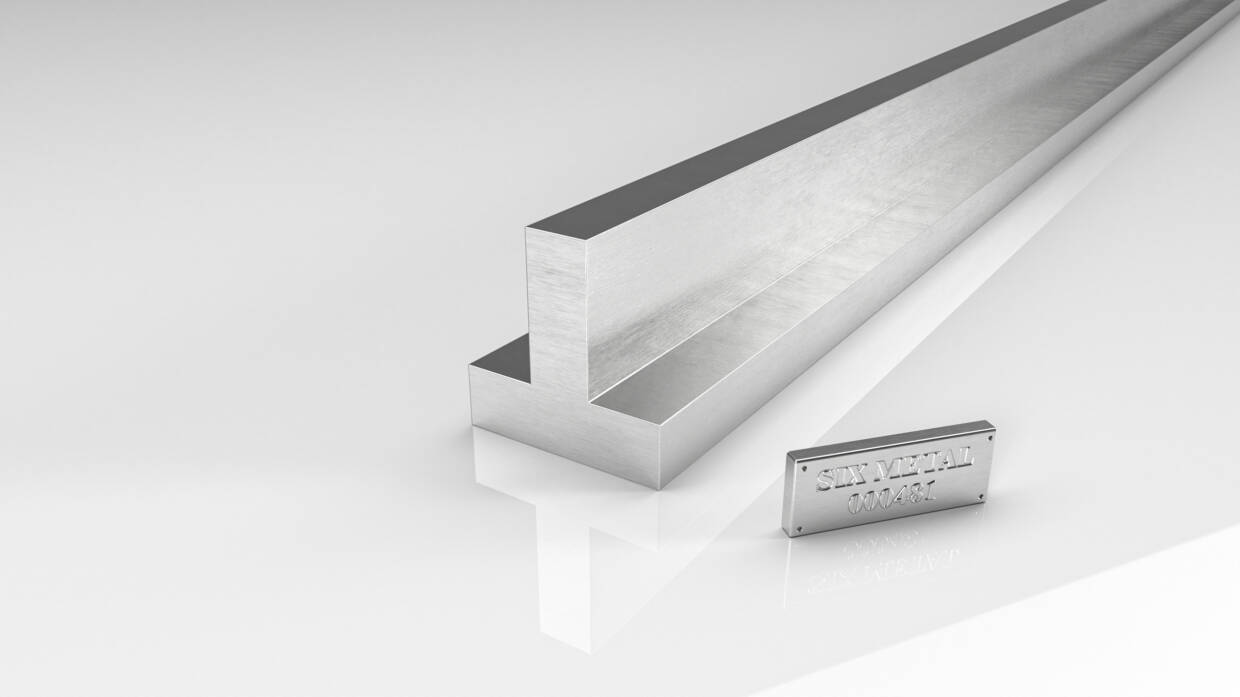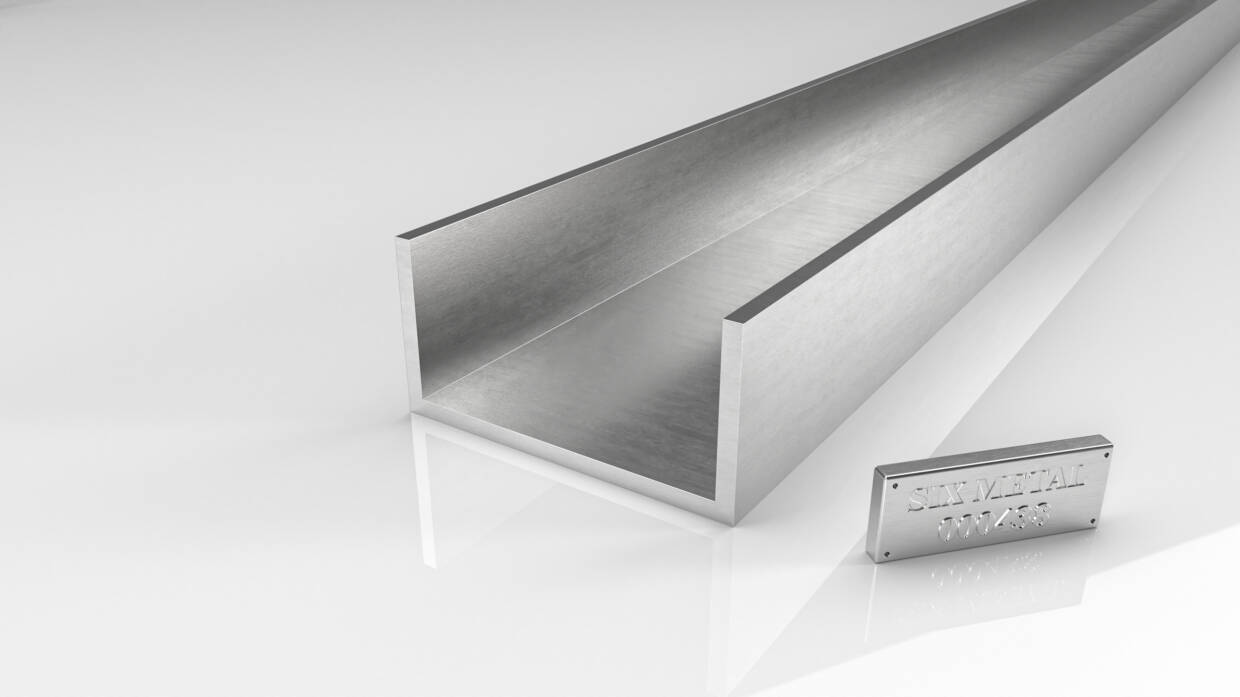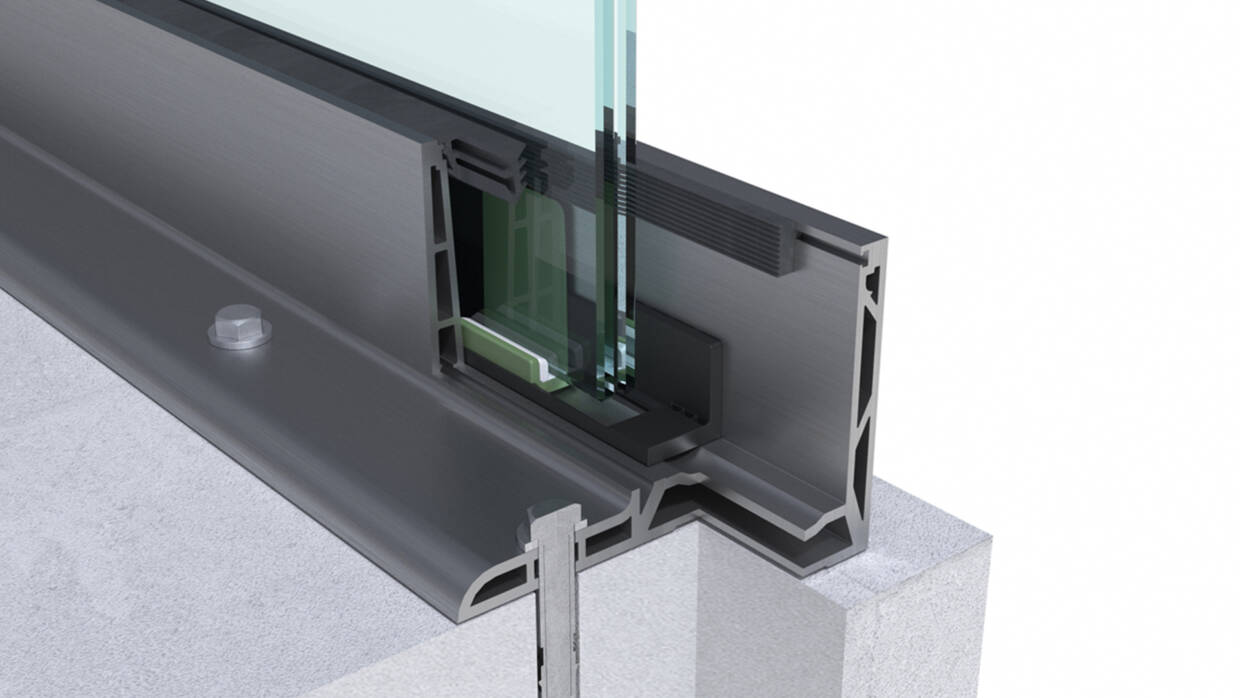
Railing Profiles
Aluminium is a popular material used in the manufacturing of railing profiles, due to its strength, durability, and versatility. Aluminium railings are typically used in a variety of applications, including residential, commercial, and industrial buildings, as well as outdoor spaces like decks and balconies.
Aluminium railing profiles are typically made from extruded aluminium sections that are cut, drilled, and assembled to create the railing system. These profiles are available in a variety of sizes and shapes, including round, square, and rectangular, which allows for a wide range of design options to meet specific project requirements.
One of the primary benefits of using aluminium in railing profiles is its strength and durability. Aluminium is a high-strength material that can withstand heavy use and exposure to the elements, making it ideal for use in outdoor and industrial applications where strength and durability are essential. In addition, aluminium profiles can be finished with a variety of coatings or finishes, such as anodizing or powder coating, which can provide additional protection and enhance their aesthetic appeal.
Aluminium railing profiles are also lightweight and easy to install, which makes them a popular choice for manufacturers and installers. The extrusion process used to create aluminium profiles allows for precise customization of the shape and size, which can be tailored to specific project requirements.
Overall, the use of aluminium in railing profiles offers a durable and low-maintenance solution that is resistant to corrosion and rust. Aluminium profiles can be customized to meet specific design requirements, and offer a lightweight and high-strength solution that is ideal for a wide range of applications.
Aluminum railing systems provide strength, beauty, and practicality in a variety of architectural applications. Here are some examples of aluminum profiles used in railing systems:
Square Tube Profile: With a square cross-section, this profile is often used for railing posts and balusters.
Round Tube Profile: With a circular cross-section, this profile is commonly used for railing components such as handrails and balusters.
Rectangular Tube Profile: With a rectangular cross-section, this profile is commonly used for railing posts, top rails, and bottom rails.
U-Channel Profile: With a U-shaped cross-section, this profile is commonly employed to secure glass panels in railing systems.
T-Slot Profile: This profile has a T-shaped groove running the length of it, making it easier to install and adjust railing components including brackets, infill panels, and accessories.
Glass Cap Rail Profile: This profile is intended to hold and support glass panels in glass railing systems while maintaining a sleek and transparent appearance.
Handrail Profile: Handrail profiles exist in a variety of shapes and styles, such as round, oval, or ergonomic profiles, and serve as a comfort and safety component in railing systems.
Baluster Profiles: Baluster profiles are used to form vertical supports in railing systems and come in a variety of shapes, such as square, round, or ornate designs.
Connector Profiles: are used to join and connect various railing components, such as posts, rails, and balusters, to ensure structural stability.
Specific profile designs and dimensions may differ according to project needs. For more detailed and accurate information, you can check our catalogue or directly contact us.

